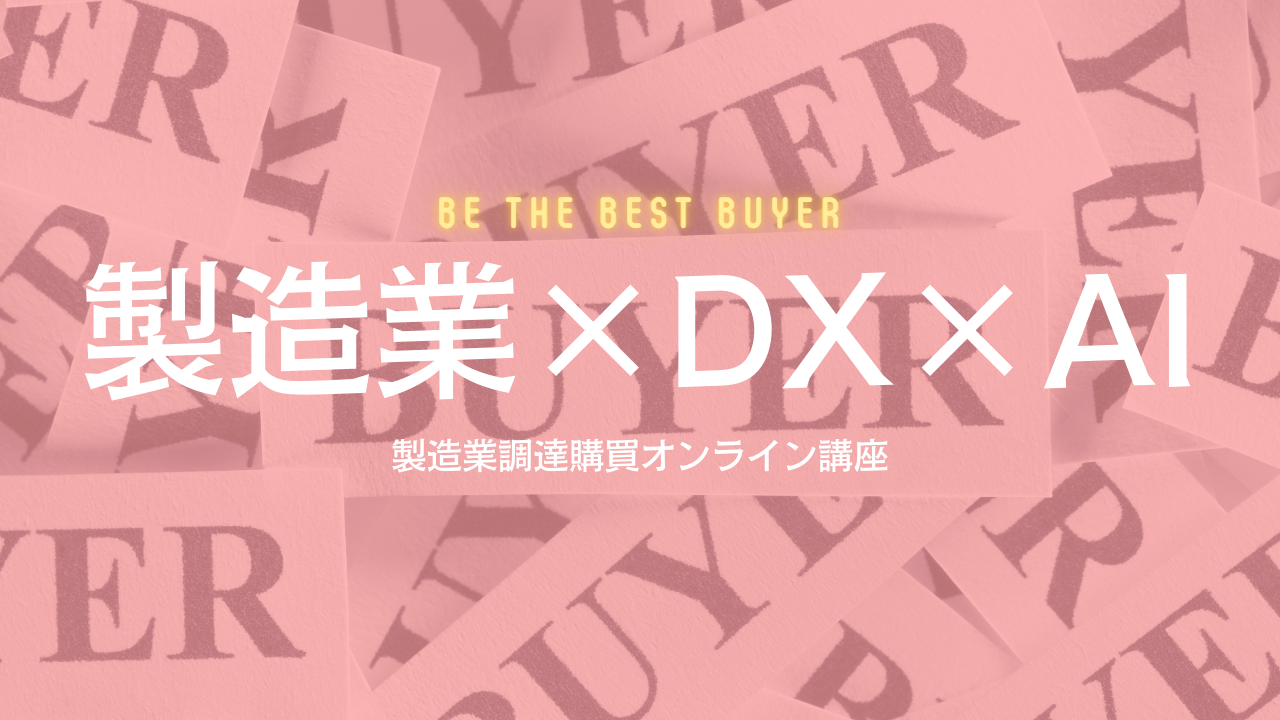製造業の購買担当者がAIにかわることってあり得るの?

Have you ever wondered how Japanese factories can build such high-quality products so efficiently? It seems like they have perfected the art of manufacturing. One of the reasons is their use of Lean techniques to eliminate waste from their operations.
What is Lean manufacturing? Lean is a production method that focuses on maximizing customer value while minimizing waste. There are seven types of waste that Lean aims to remove:
1. Overproduction – Producing more than is needed right now wastes resources. Only produce to customer demand.
2. Waiting – When a product waits or a machine is idle, that is waste. Balance the workflow.
3. Transport – Moving products, parts, and people unnecessarily wastes time and resources. Arrange workstations close together in the correct sequence.
4. Overprocessing – Doing more to a product than the customer requires is waste. Only do the necessary processing steps.
5. Inventory – Having too much stockpiled inventory wastes space and hides problems. Only produce to order.
6. Motion – Unnecessary movement of people or equipment is non-value-added motion that should be eliminated. Improve ergonomics.
7. Defects – Scrap, rework, and incorrect parts are all wasted resources. Implement quality controls.
The goal of Lean is to continuously improve processes to eliminate these seven forms of waste. Some key Lean techniques for doing this are:
Kanban – A pull system that only produces according to customer demand signals. Avoid overproduction.
Jidoka – Stop the line immediately if a defect is detected through automation or visual cues. Prevent defects.
Heijunka – Level out production by making small batch sizes to smooth workflow. Avoid overloaded and idle times.
Poka-Yoke – Foolproof mechanisms that prevent human error through automation or visual cues. Reduce defects.
5S – Sort, Set in Order, Shine, Standardize, and Sustain a clean and organized workplace. Find inefficiencies.
Visual Factory – Use clear signage, labels, and color-coding to eliminate guesswork. Prevent defects and wasted motion/time.
Takt Time – Match production cadence to the customer pace. Balance workflow and avoid waiting.
Standard Work – Document ideal workflows to standardize processes. Identify wastes and set improvement targets.
With consistent application of Lean techniques, Japanese manufacturers have eliminated waste from their operations to achieve high productivity with lower costs. Let’s look at how you can adopt these Japanese manufacturing efficiency practices.
調達購買業務の効率化だけでなく、システムを導入することで、コスト削減や製品・資材のステータス可視化のほか、属人化していた購買情報の共有化による内部不正防止や統制にも役立ちます。